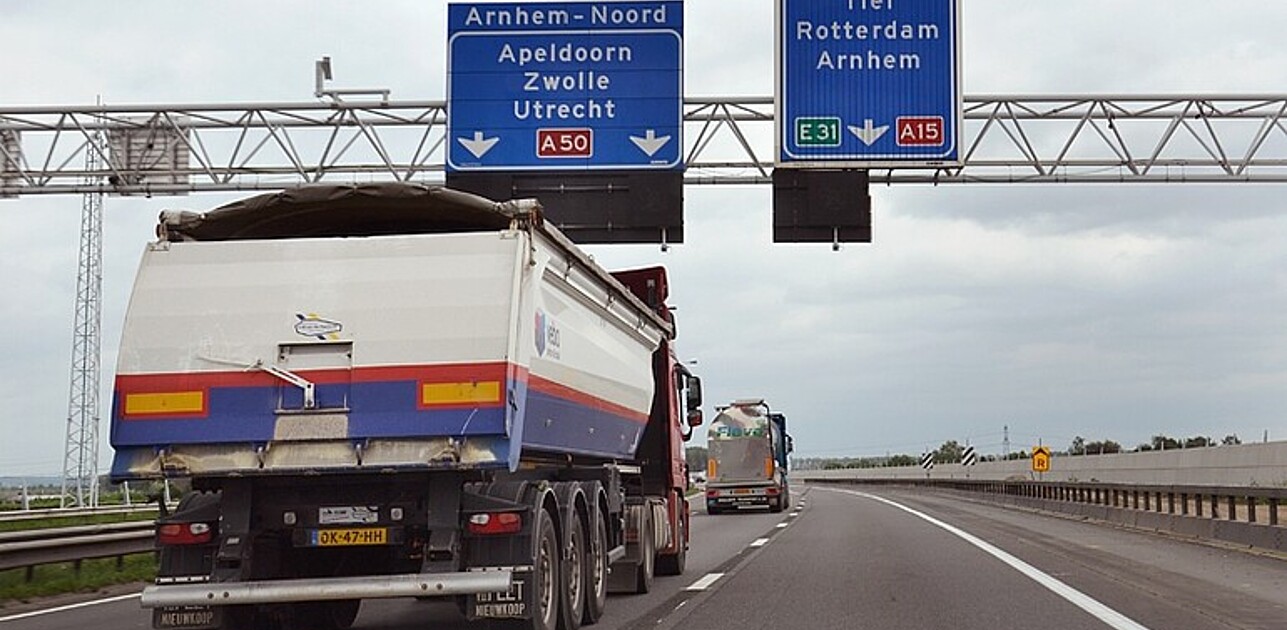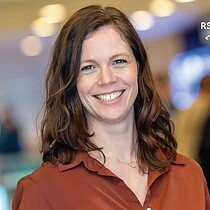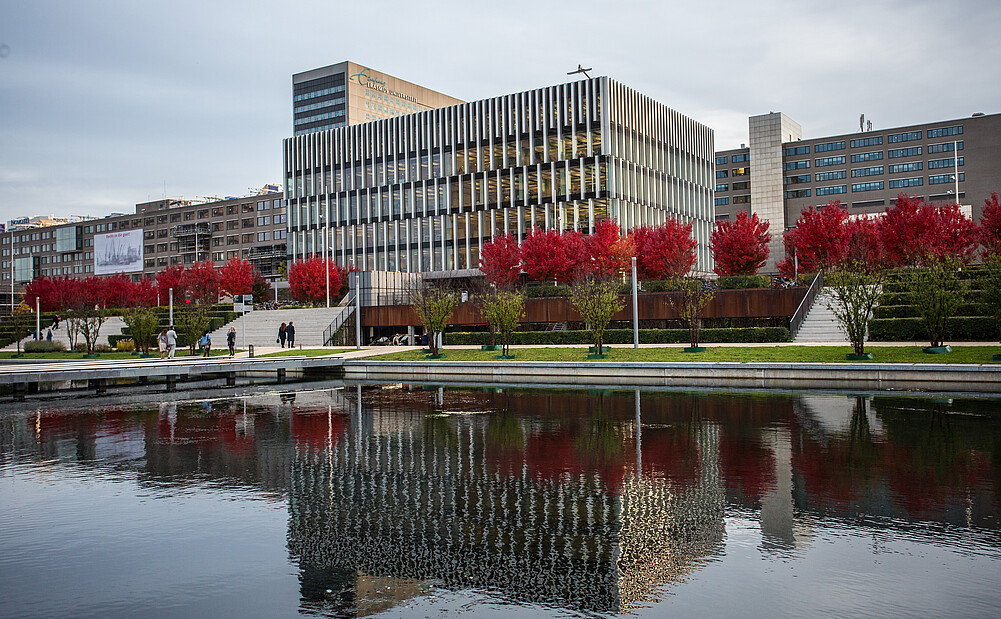

Article: Wednesday, 4 May 2016
To predict future transportation demand, policy makers have always relied on surveys under road users and secondary sources like company databases. But roads nowadays are installed with cameras and pressure sensors that also generate a lot of useful transport data. In her upcoming PhD thesis Yinyi Ma of Rotterdam School of Management, Erasmus University (RSM) demonstrates how this road monitoring data can be used to make forecasts of the demand for freight transportation more accurate. She will defend her thesis on 3 Jun 2016.
For policy makers, accurate forecasts of future road use are very important. It allows them to plan road capacity, combat congestion and reduce pollution, researcher Ma says. The data needed for those forecasts has traditionally always been collected with surveys that statistical agencies send out to firms in the transport sector. For companies, filling out these surveys is not only time consuming, the results often also lack in precision because not every company reports their trips in the same detail and with the same time intervals.
The now available road monitoring techniques each produce data with very specific characteristics, Ma says. Loop detectors that are installed in the road surface on many spots generate data from just one point, but they do detect the length of a vehicle. Cameras above the road can be used to read the number plates and track a vehicle between several points, but the system is not available everywhere. The statistical model that Ma developed to model freight transportation now allows all these different types of data to be combined with the more traditional survey data.
With Ma’s results, Statistics Netherlands, the organisation that funded her PhD position, can now create a much more detailed statistical model for predicting freight truck demand, both in time and in place. This is because of the sheer amount of data that automatic monitoring generates. Even for one particular city or a short time period, there is enough data left to draw solid conclusions, especially when combined with the existing transport surveys. And these surveys will probably not disappear the researcher says. As valuable as big data from road monitoring is, in the future surveys under road users still be needed to find out about people’s purpose for a trip and how they combine their trips, she concludes.
General Motors


Science Communication and Media Officer
Rotterdam School of Management, Erasmus University (RSM) is one of Europe’s top-ranked business schools. RSM provides ground-breaking research and education furthering excellence in all aspects of management and is based in the international port city of Rotterdam – a vital nexus of business, logistics and trade. RSM’s primary focus is on developing business leaders with international careers who can become a force for positive change by carrying their innovative mindset into a sustainable future. Our first-class range of bachelor, master, MBA, PhD and executive programmes encourage them to become to become critical, creative, caring and collaborative thinkers and doers.
